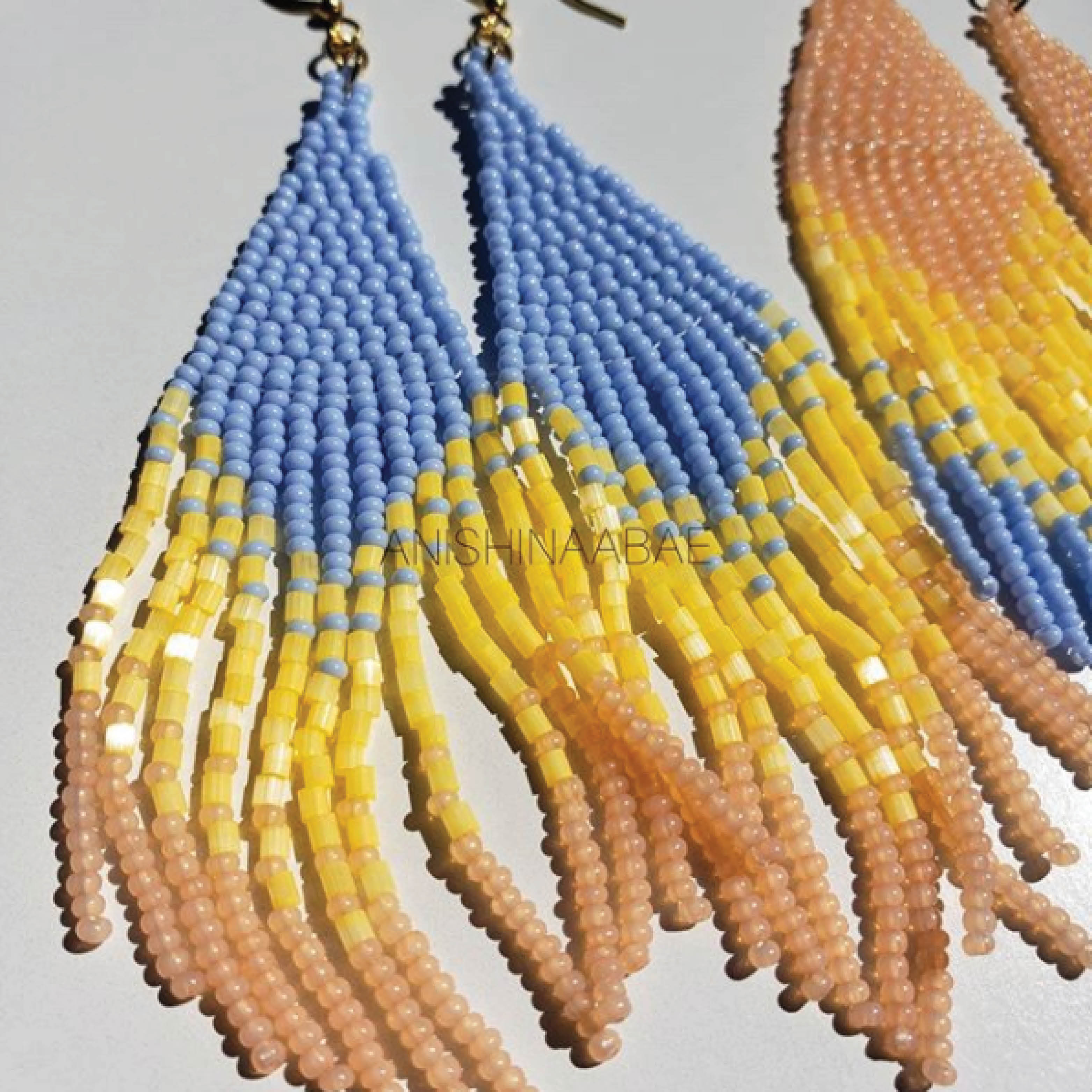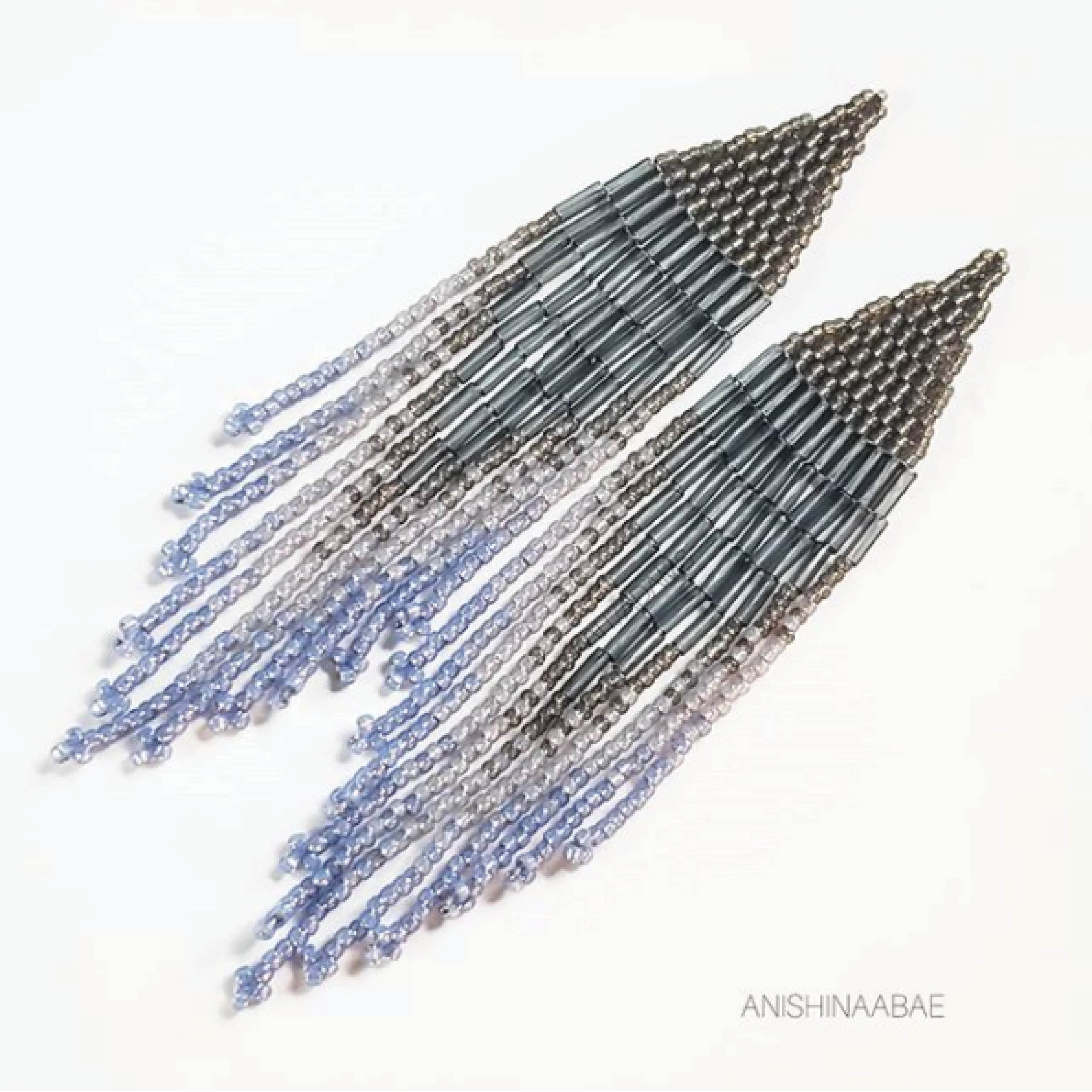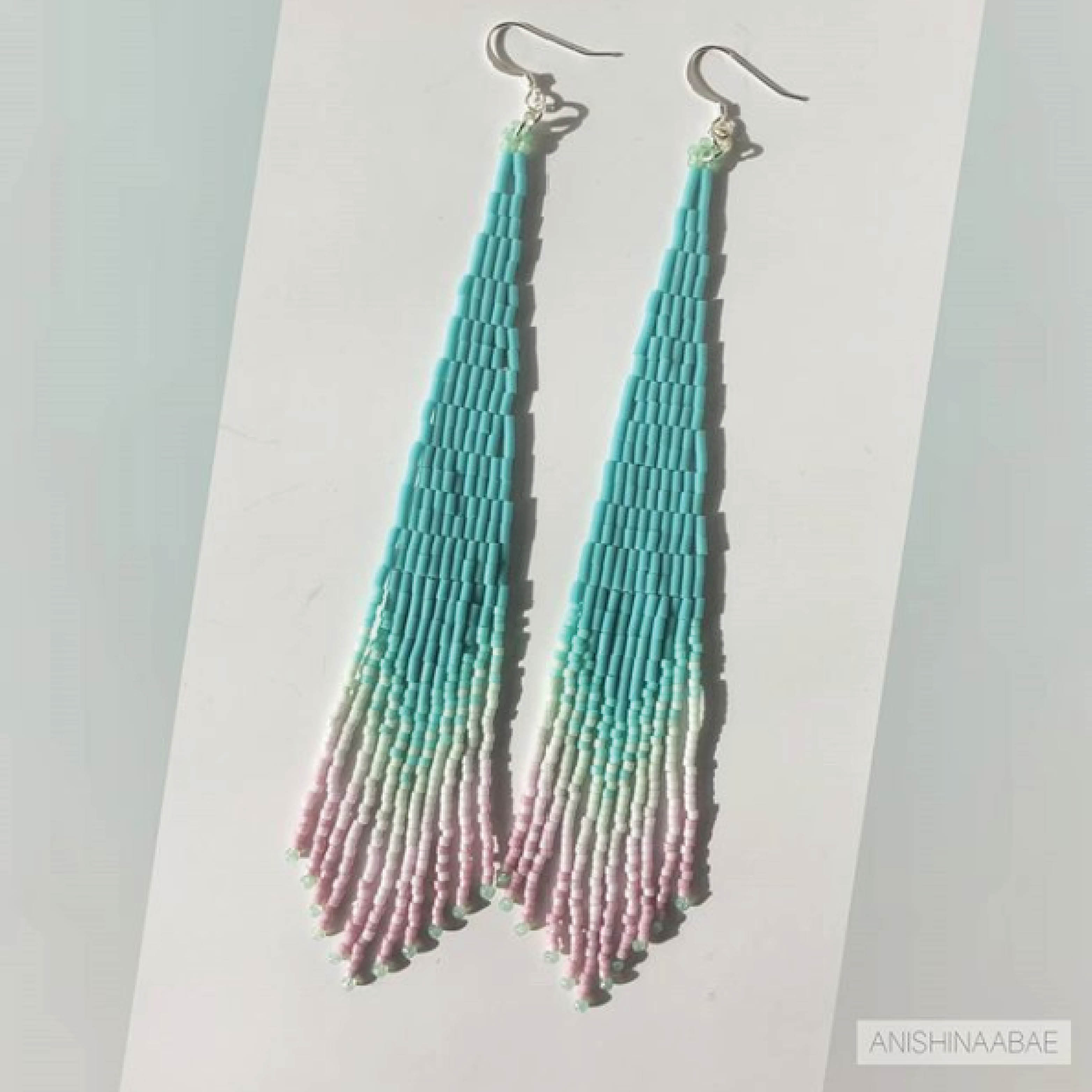Introducing the First Cohort of the Indigenous Fashion Support Program!
The Fashion Zone is so excited to welcome the first cohort of the Indigenous Fashion Support (IFS) program (external link) , so give a warm welcome to Verseau, SS Rivers Design, Onizhishin Designs, and Anishinaabae.
About the IFS Program
The Indigenous Fashion Support (IFS) Program is a virtual incubation program that supports Indigenous entrepreneurs to experience the journey of building a business in the fashion industry. With a focus on fashion, product and technology, the program enables participants to sharpen their entrepreneurial skills while developing real-life solutions.
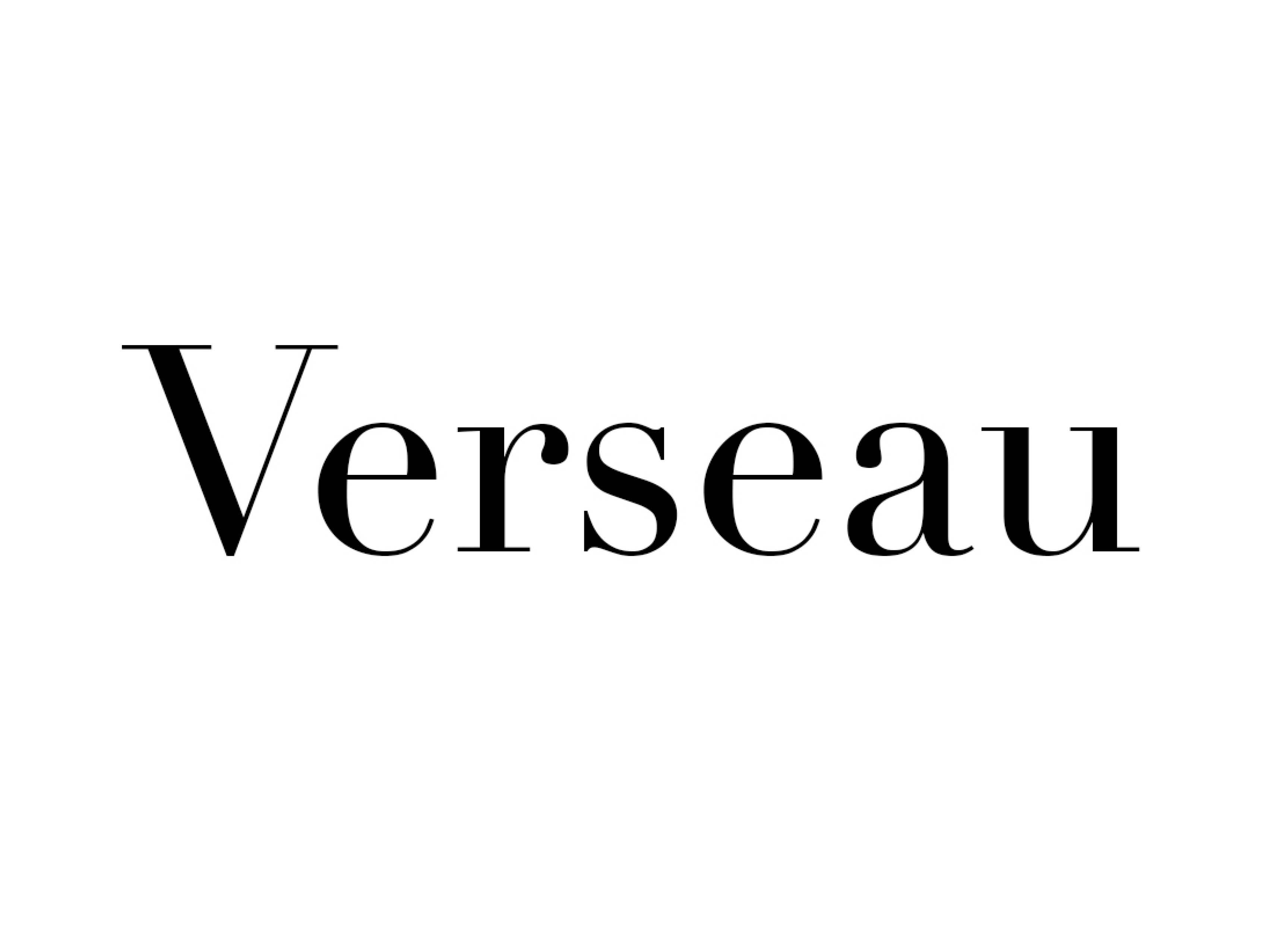
Verseau
Jospehine Kent wanted to solve the issue of limited choice and accessibility to unique and fashion pieces. That’s when she developed Verseau (external link) , a newly-launched line of female swimwear and lingerie based in Etobicoke, Ontario. Verseau’s products are handmade and designed locally in Toronto using high quality and individually sourced fabrics. Josephine is an artistic entrepreneur with a passion to create when inspired. Each idea of her personal ideas is expressed through what she designs, making sure to prioritize accessibility and affordability. Verseau wants to expand their demographic by planning a men’s fashion collection in the future. Josephine also answered these questions about her most important design pieces, and the creators that inspire her.
What makes Indigenous designers and entrepreneurs stand out from the rest?
Indigenous designers have a unique way of creating pieces by using ethically sourced materials from all parts of North America in their designs and art.
What is the most important fashion or design piece you have designed/created and why?
The most important piece I have created is a face mask because of today's challenging times. I wanted to provide a protective mask to keep people feeling safe when doing everyday tasks.
Who are some of your favourite Indigenous designers?
Some of my favourite indigenous designers include, Niio Perkins (external link) , Manitobah Mukluks (external link) , and Catherine Blackburn (external link) .
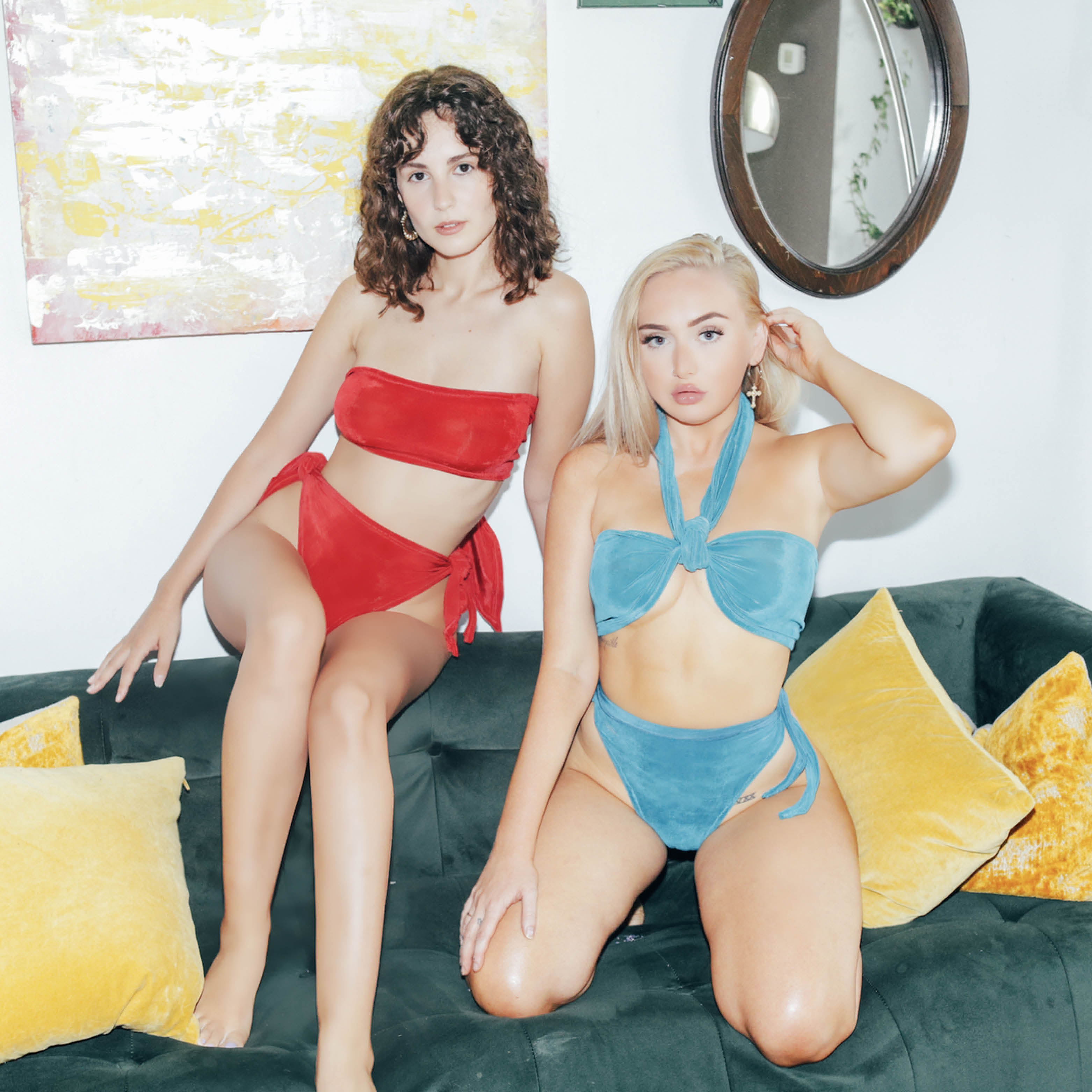
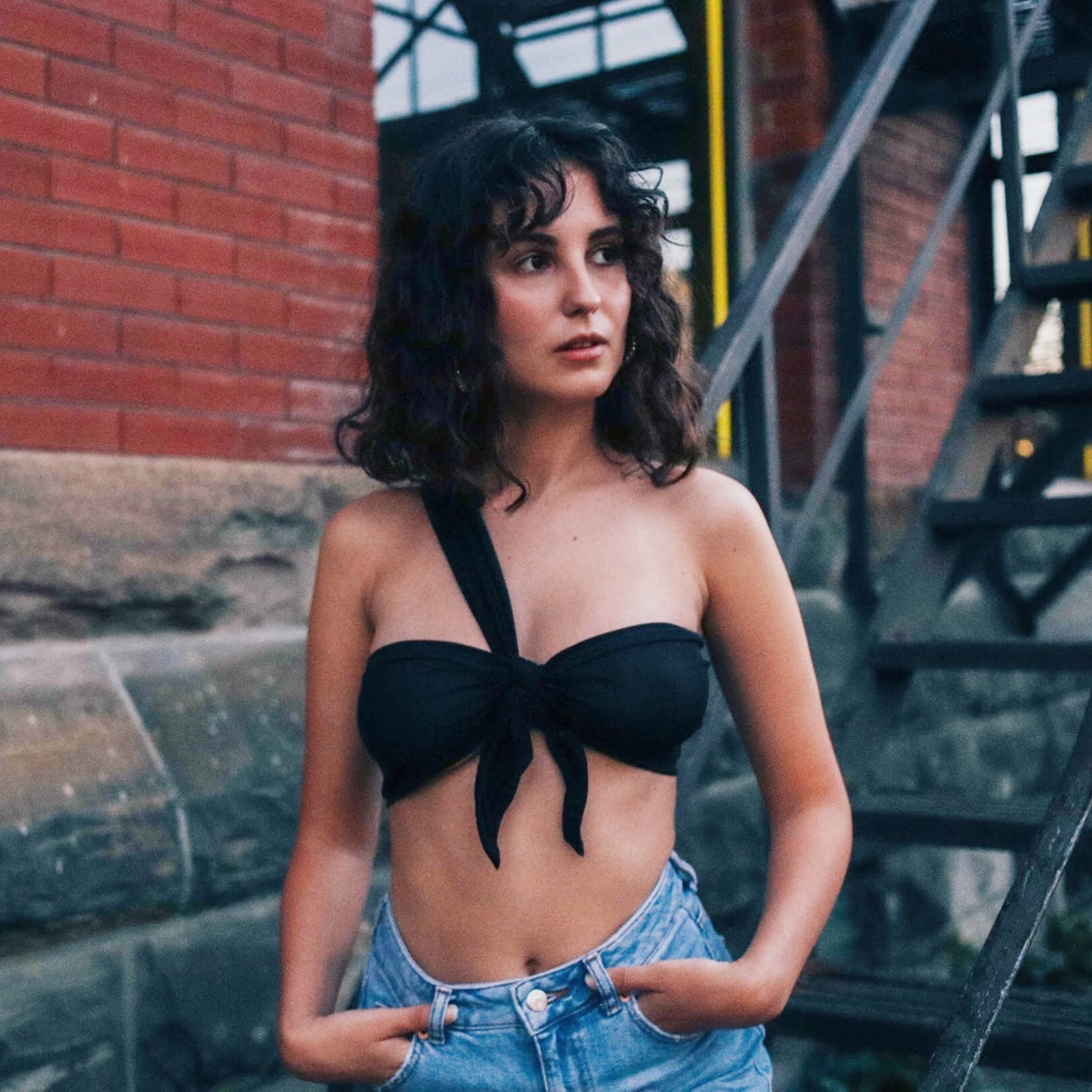
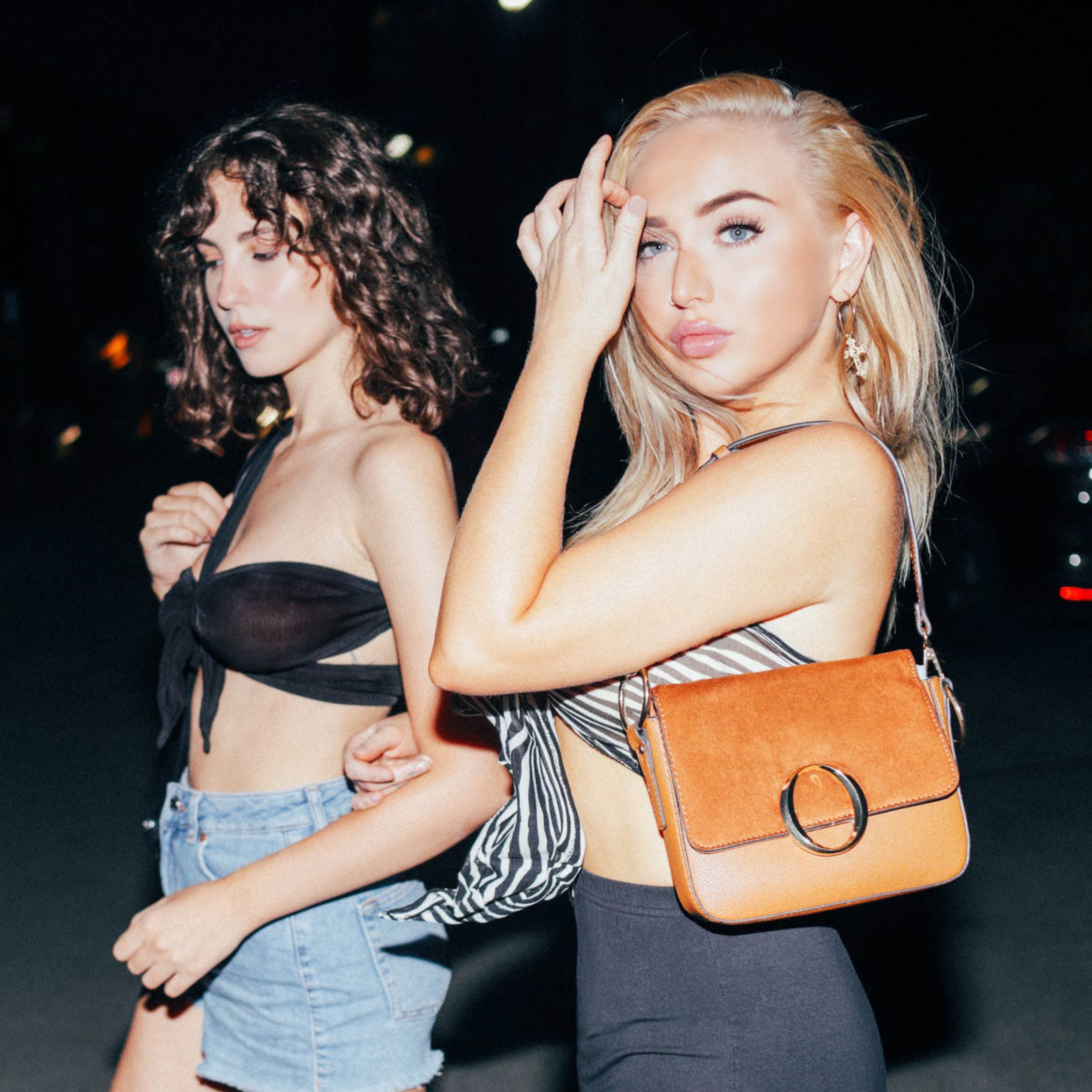
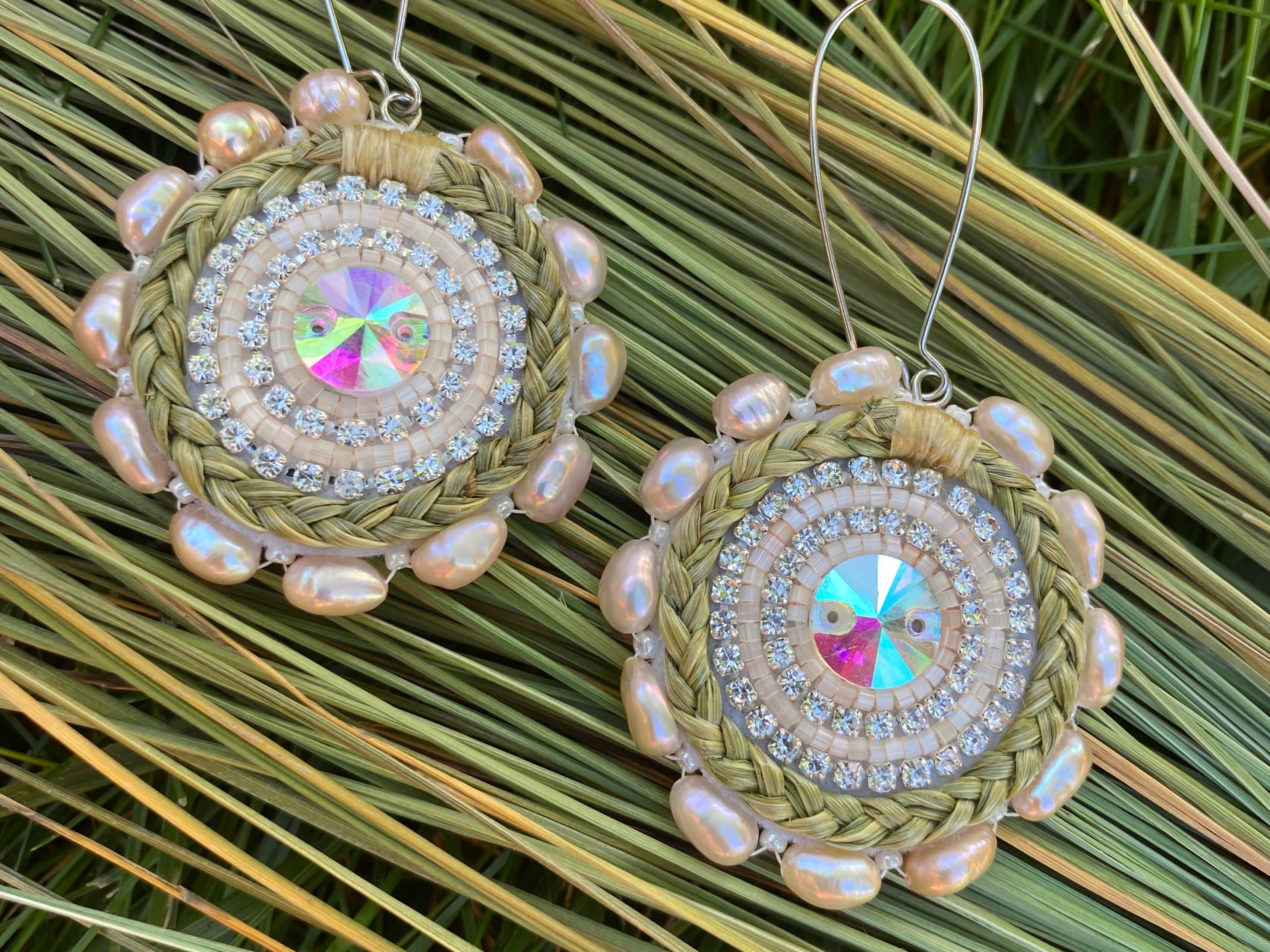
Onizhishin Designs
Onizhishin Designs (external link) is a handmade beaded jewelry company that focuses on the reclamation Indigenous culture. They combine contemporary and traditional design elements to reflect the Indigenous modern lifestyle. With a mission to celebrate and foster the connection to culture through art, Onizhishin wants to increase the visibility of culture through crafts. Indigenous women and allies feel empowered when wearing these unique pieces.
Founder Ashley Lacourciere, based in Barrie, Ontario, launched her business this past summer. She uses beading to connect with her spirit and culture.
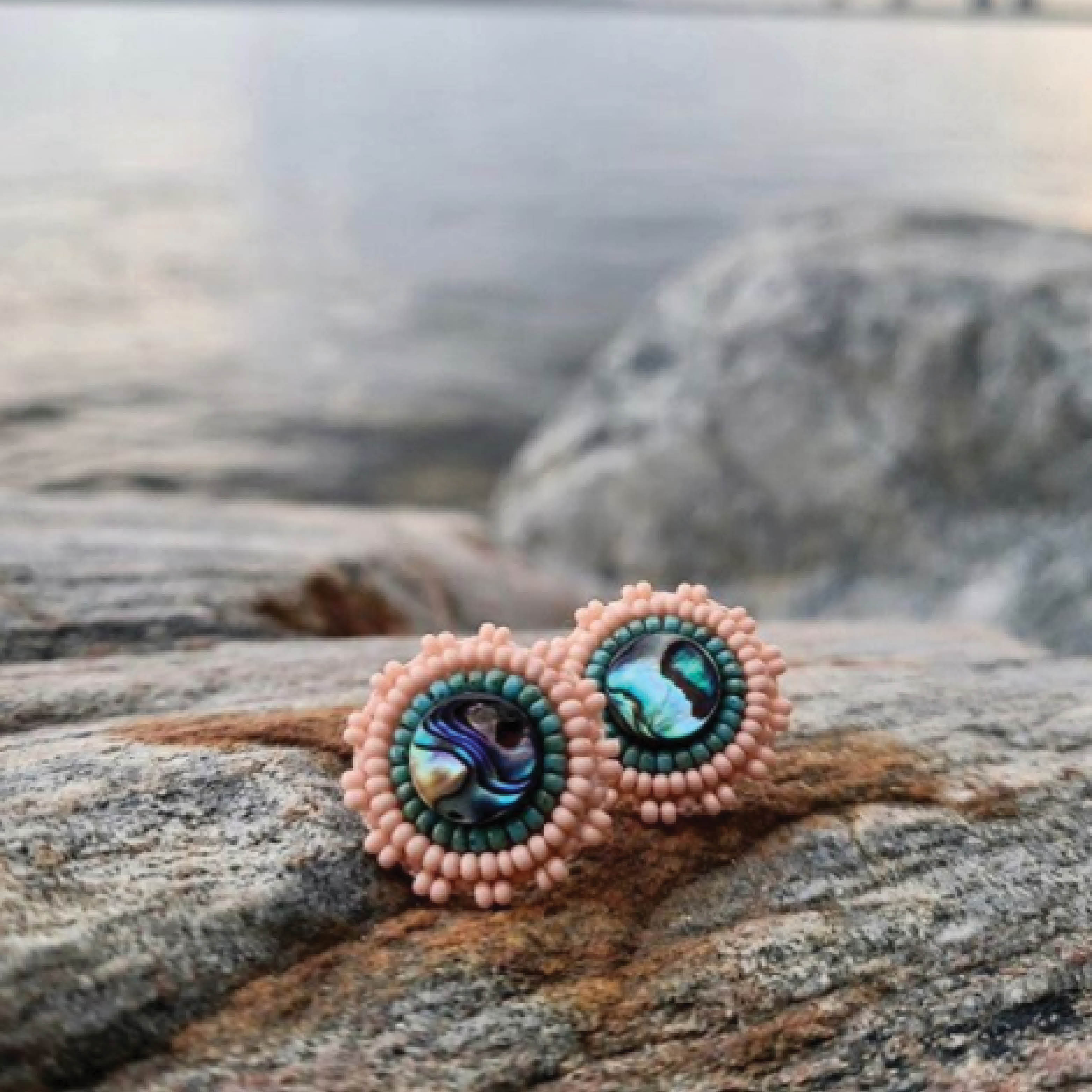
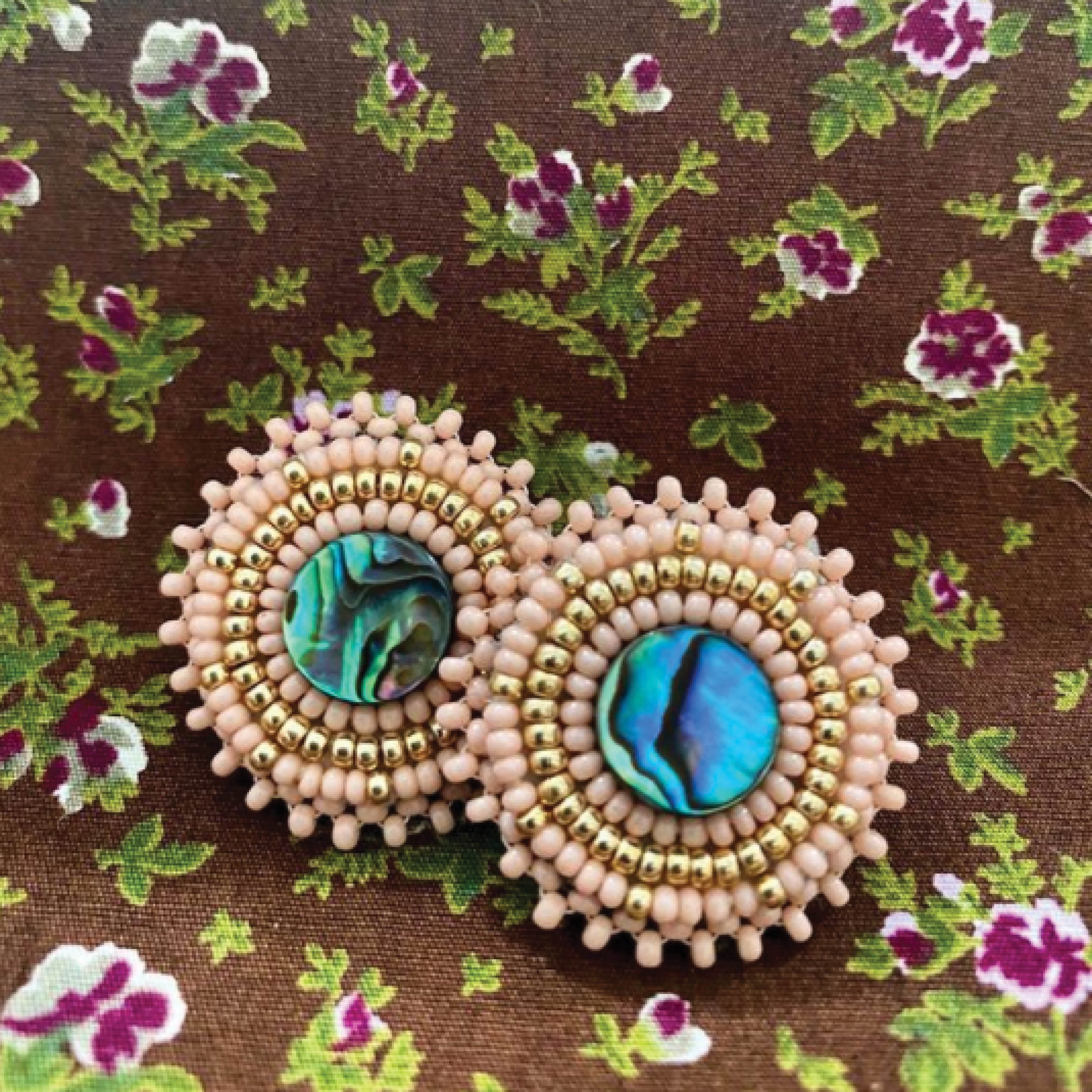
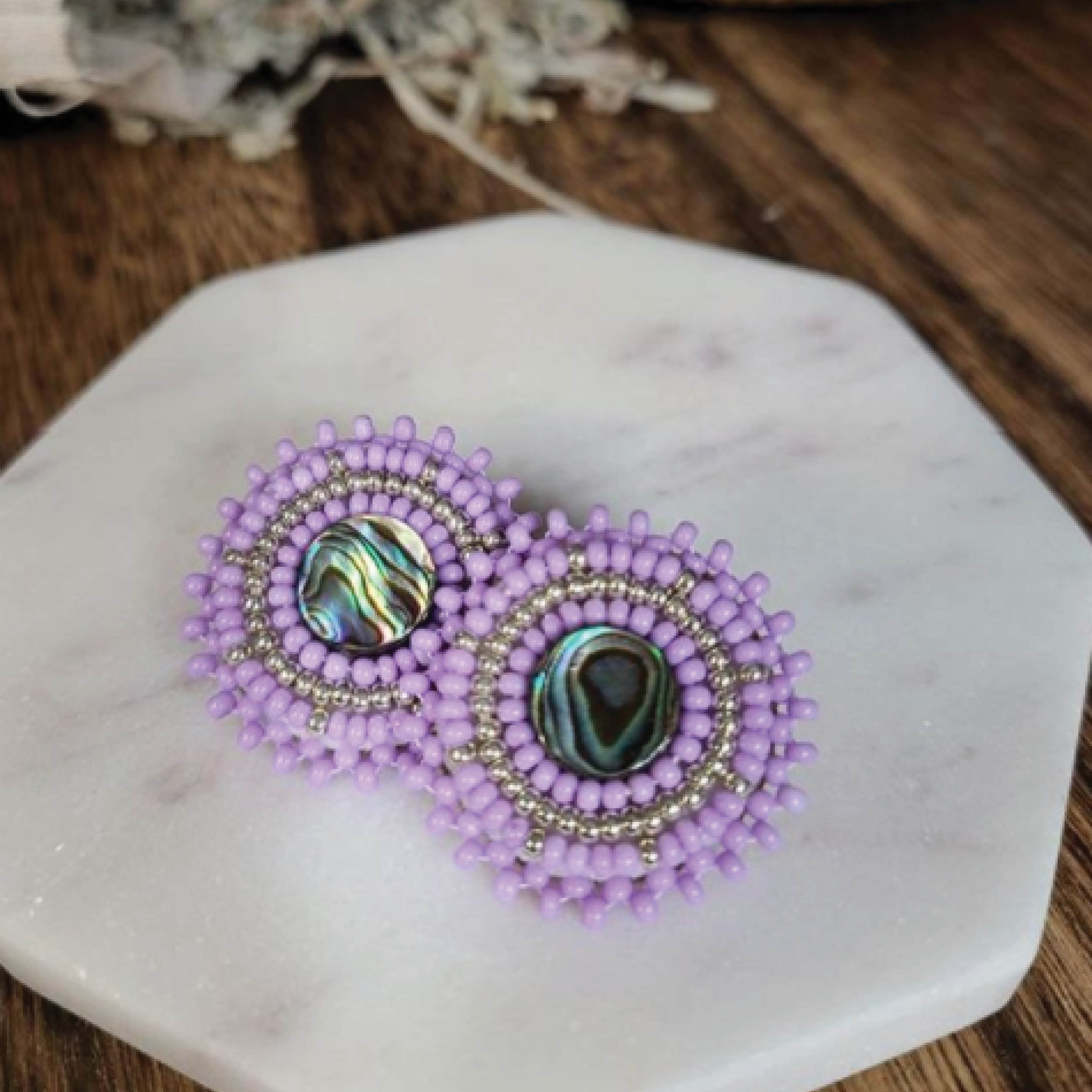
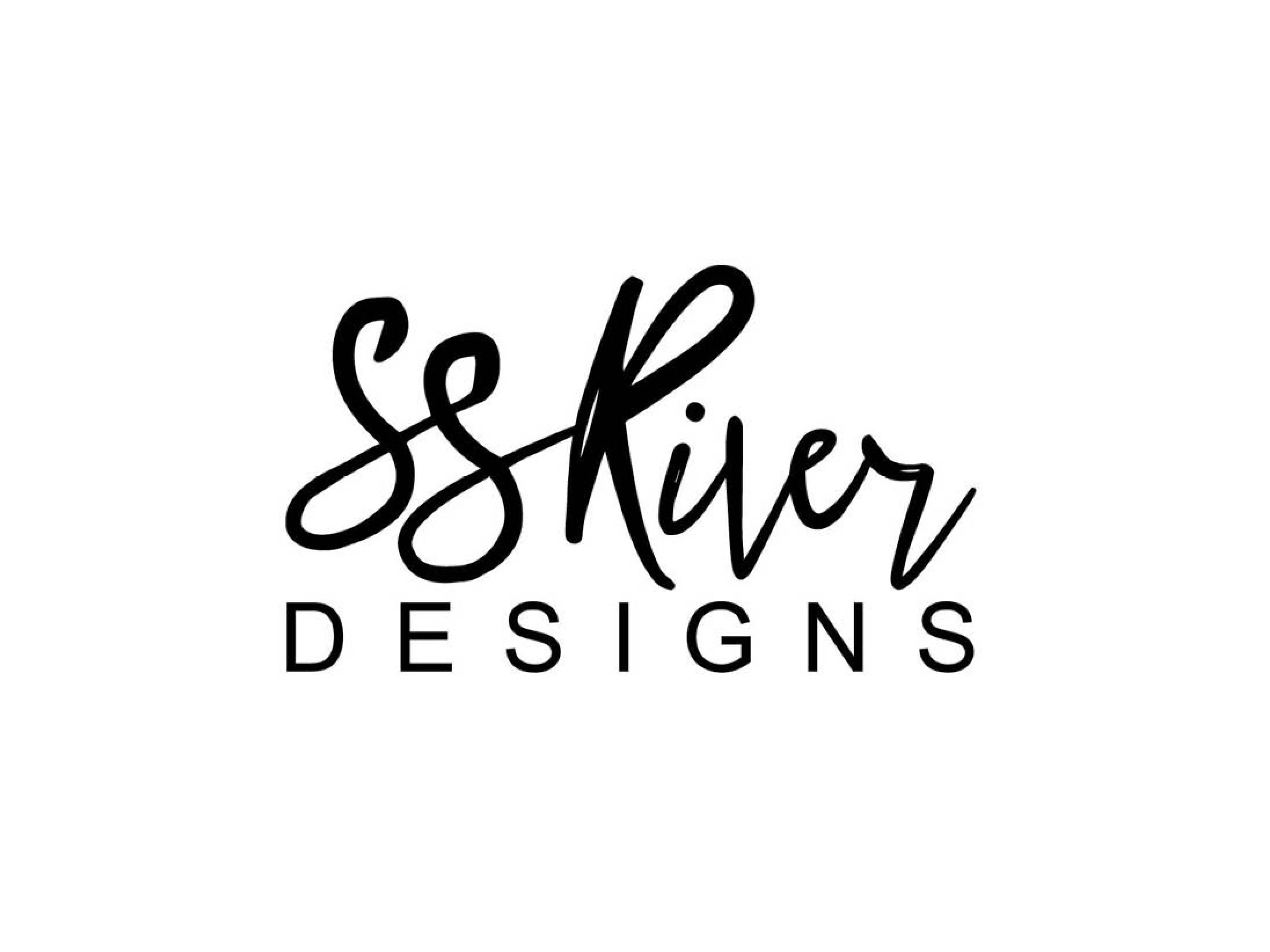
SS River Designs
SS River Designs (external link) are art-to-wear women’s clothing inspired by intricate Métis beadwork by Christine Tienkamp. These design pieces celebrate Michif culture through beautiful scrolling flower beadwork patterns. All pieces are original and hand-beaded before being printed and sewn as contemporary pieces to make the Michif culture more widely available to all people.
Christine, based in St. Louis, Saskatchewan, is a fashion designer that has been creating Métis from a young age. The name SS River comes from the South Saskatchewan River where Christine was raised, along the banks of an important place in Métis history and her main inspiration. Christine also answered these questions to give us more insight on how to support Indigenous creators and designs.
What do you wish more people knew about Indigenous designs and businesses?
Indigenous designers who are connected to their indigenous values create enterprises that are inherently ethical, sustainable and community minded. We tend to have strong ties to community, and strive to think in holistic ways, knowing that all people are connected and therefore we are naturally social entrepreneurs. We are often stewards of our art and culture – weaving traditional methodologies into our work either carrying on traditional form or incorporating traditional elements into a contemporary context. Whether our creations are traditional or modern, we look for ways to be innovative while being mindful.
As beadwork artisans, we know the work cannot be rushed, we learn patience in beading. Sitting down to bead, your heart rate slows, you are present in the moment. Beadwork cannot be done without being mindful. I often think of the person that may enjoy the beadwork when it’s done, and how interesting it is that the beadwork artisan will touch every, single, bead....several times. When you pick up the bead, position it into place with your thumb, tack them down, and then we run our fingers over each line of beads as we sew, sometimes coaxing them to lay flat, and maybe some guidance for those beads means something. How unique is it for someone to receive a piece that is connected to the person that created it.
My designs are rooted in my French Metis heritage, with a strong connection to the land, my community is connected to the river and the homeland with ancestral ties. I feel fortunate that I was raised to be proud of my culture, as I know many people did not have that luxury. I have always been immersed in my culture but I do recognize the fragility of it, how easily it can be lost, as a young girl my mom learned how to bead after being handed down a box of beadwork supplies from my auntie, so we learned together. I hope in some small way that I can keep celebrating and sharing the beadwork that is specific to Metis people. I still have so much to learn about the culture, history and fashion of Metis women – it’s an exciting journey.
How can non-Indigenous people support Indigenous designers or respectfully engage with your cultural aesthetics?
When non-indigenous people support indigenous designers, they are participating in a social enterprise. Non-indigenous people can take the opportunity to learn about the designer and supporting an indigenous designer is a way of telling the designer’s story. Wearing indigenous designs may spark a conversation, and the culture can be shared! As a designer I want to help all people, indigenous and non-indigenous people connect with my unique culture, from it’s aesthetics to it’s history. I’m honoured when people from various backgrounds are interested in my designs, I can see they are coming from a good place and share similar values to me, I have found they wouldn’t have inquired or supported me otherwise. Any person wearing a piece from an indigenous designer can simply create space for a celebration of indigenous cultures and values.
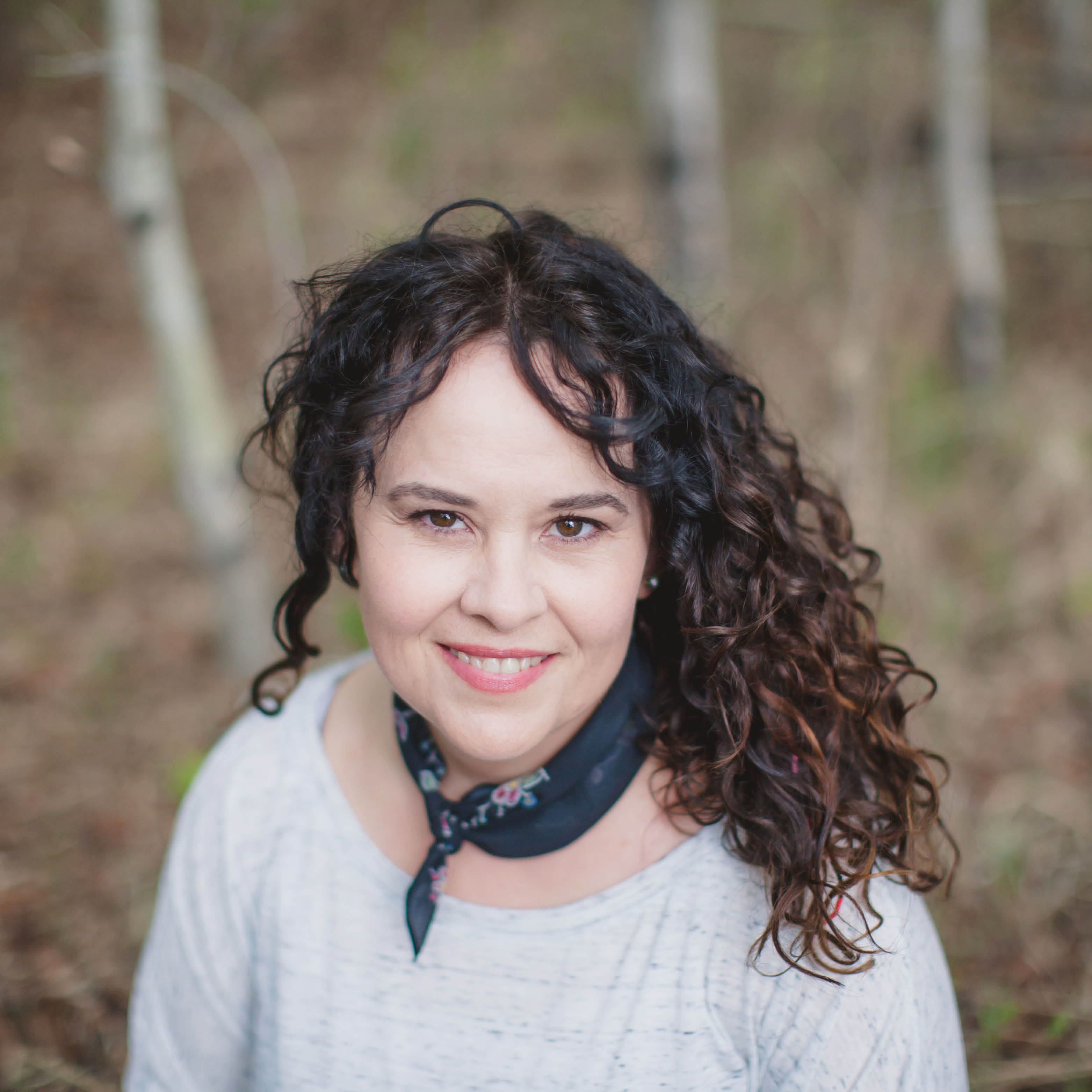
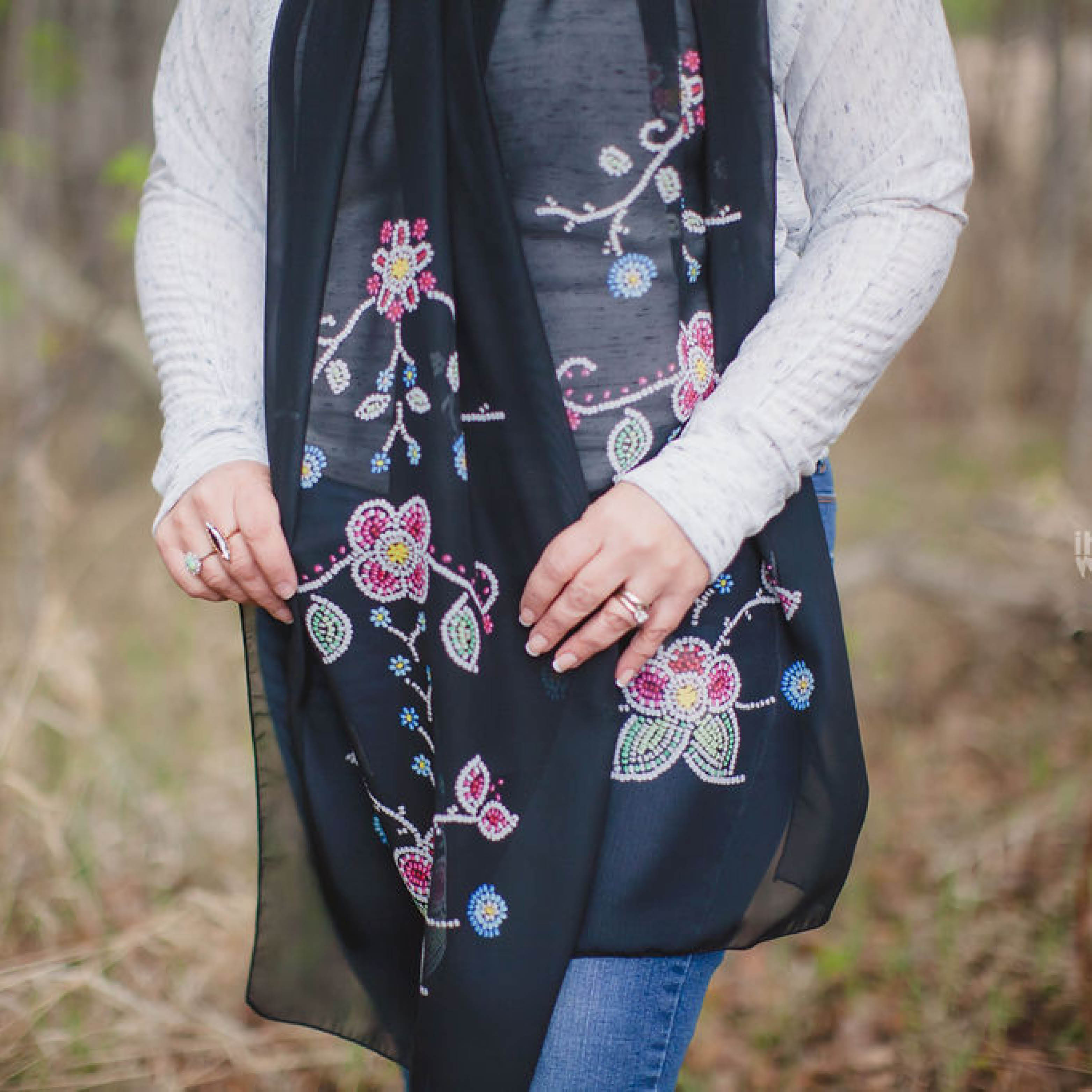
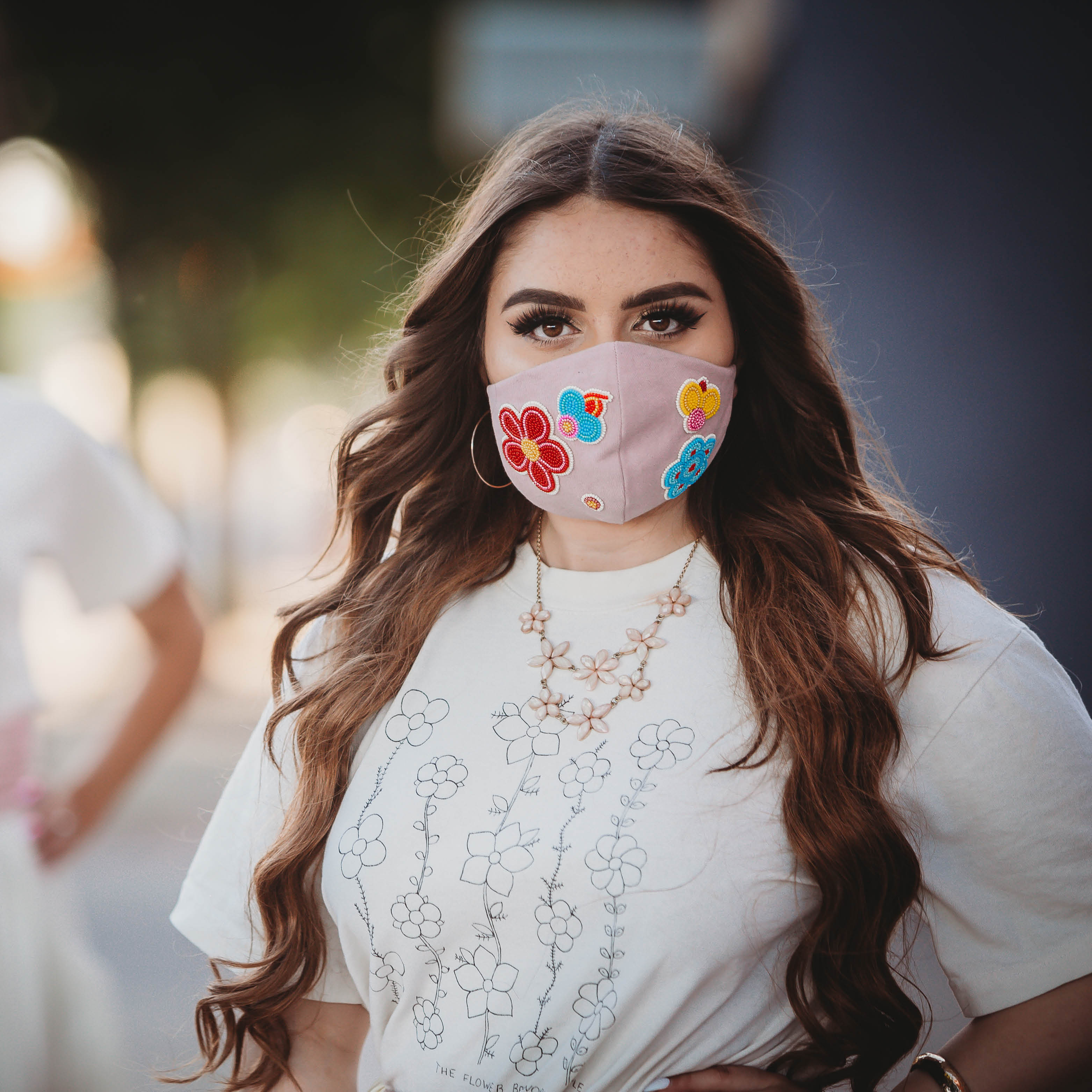
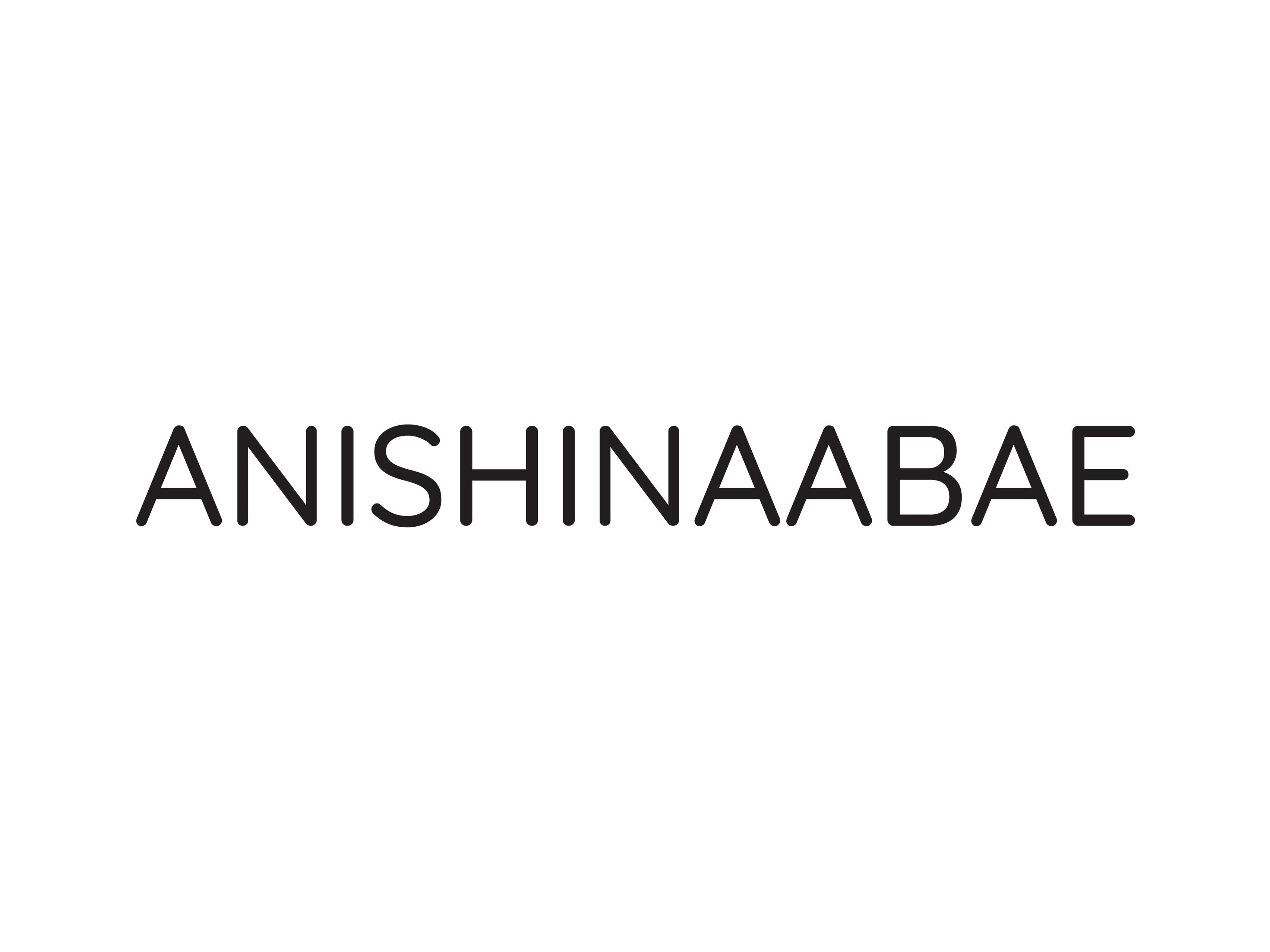
Anishinaabae
Anishinaabae (external link) is an Indigenous-owned accessories line based in Thunder Bay and Toronto, Ontario that merges traditional and contemporary designs. These unique pieces are made with original Anishinaabe and Ojibway designs passed down from previous family generations. All materials used for each accessory are personally outsourced such as porcupine quills, birch, and animal fur. Anishinaabae is deeply rooted in family traditions and craftsmanship.
Kaitlyn Adams Lewis has been designing and selling regalia since she was a teenager. She studied Fashion Merchandising and Retail Management in Ryerson University, as well as started her own youth collective to assist with other startups before starting Anishinaabae.
